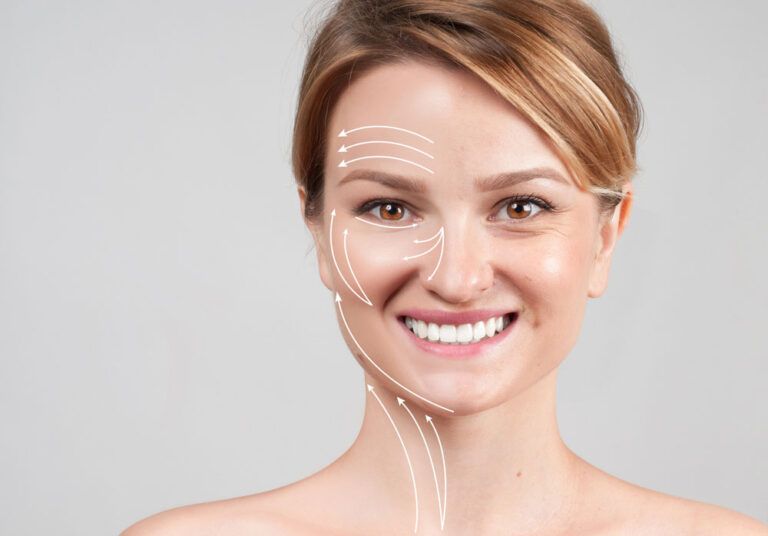How Long Do Botox Effects Last in Dental Applications?

Botox is widely known for its use in cosmetic procedures, particularly for reducing wrinkles and fine lines. However, in the dental field, Botox has become increasingly popular for treating a range of conditions, including temporomandibular joint (TMJ) disorders, bruxism (teeth grinding), and even excessive gum show. As with any treatment, one of the most common questions patients have is how long the effects of Botox last. In this article, we will explore the factors that affect Botox’s duration in dental applications, the benefits of using Botox in dentistry, and how to make the most of your Botox treatments.
Botox in Dental Applications
Botox works by temporarily blocking nerve signals in targeted muscles, which helps reduce muscle activity. In dentistry, Botox is used to relax the muscles involved in TMJ disorders, teeth grinding, and to address aesthetic concerns such as a gummy smile. By reducing muscle contractions, Botox can provide significant relief from pain, discomfort, and improve facial aesthetics.
In addition to being a powerful therapeutic treatment, Botox is also used for cosmetic dental applications, such as smoothing out wrinkles around the mouth, enhancing lip contours, or reducing the appearance of a gummy smile. It’s important to note that Botox is not a permanent solution; it temporarily alters the function of muscles in the treated area.
Factors That Affect the Duration of Botox
The duration of Botox’s effects in dental applications varies depending on several factors. Typically, Botox’s effects last between 3 to 6 months. However, individual factors can influence this timeline.
- Treatment Area: The location of the Botox injection plays a significant role in how long it lasts. Botox used for muscle relaxation in the jaw (such as for TMJ disorders or bruxism) may last slightly longer than Botox injected for cosmetic purposes, such as reducing the appearance of a gummy smile or wrinkles around the mouth.
- Metabolism: Individuals with a faster metabolism tend to process Botox more quickly, which may lead to a shorter duration of effects. Conversely, those with a slower metabolism may enjoy longer-lasting results.
- Frequency of Treatment: For patients who receive Botox injections regularly, the effects may last longer over time. This is because repeated treatments can “train” the muscles to remain relaxed for longer periods.
- Dosage and Technique: The amount of Botox injected and the technique used by the practitioner can also affect how long the effects last. A more precise technique and appropriate dosage can provide longer-lasting results.
How Long Do Botox Effects Last for TMJ and Bruxism?
Botox is often used to help alleviate the discomfort caused by TMJ disorders and bruxism, which can result in jaw pain, headaches, and tooth wear. When Botox is injected into the masseter muscles (the muscles responsible for chewing), it temporarily weakens them, reducing clenching and grinding. The effects typically last between 3 and 4 months, depending on the factors mentioned above.
For patients with TMJ, Botox can provide relief from jaw pain and tension. This relief is often experienced within a few days of the injection, and the effects generally last around 3 to 6 months. It is essential to note that Botox does not address the underlying causes of TMJ, but rather helps to manage the symptoms.
Botox for Aesthetic Dental Applications
Botox can also be used in dental applications for cosmetic purposes, such as reducing the appearance of a gummy smile or smoothing out wrinkles around the mouth. For aesthetic purposes, Botox is often injected into the upper lip area or the muscles controlling the gums.
The results of Botox for aesthetic applications typically last between 3 and 4 months. In the case of a gummy smile, Botox relaxes the muscles that lift the upper lip, allowing for a more balanced smile. For wrinkle reduction, Botox smooths the skin around the mouth, resulting in a more youthful appearance. Like with other Botox applications, results are temporary, and follow-up treatments are necessary to maintain the effect.
Maximizing the Effects of Botox in Dental Treatments
To get the most out of your Botox treatment, there are several things you can do. After receiving Botox, it’s important to avoid massaging the treated area for a few hours to allow the Botox to settle properly. Additionally, staying upright for a few hours after treatment is advisable, as lying down too soon can potentially affect the outcome.
Maintaining regular check-ups with your dentist or orthodontist will also help ensure that Botox treatments continue to work effectively over time. Depending on the condition being treated and the results you experience, your dentist may adjust the dosage or frequency of treatments to provide optimal results.
Conclusion
Botox is a versatile treatment used in dental applications to address both functional and aesthetic concerns. While the effects typically last between 3 and 6 months, the exact duration depends on factors such as treatment area, metabolism, and frequency of use. Whether you are seeking relief from TMJ pain, bruxism, or looking to enhance your smile, Botox offers a temporary solution that can make a significant difference in your quality of life. To explore the benefits of Botox in dental treatments, schedule a consultation with Dr. Karmen Massih at Massih Orthodontics in Glendale, CA, and discuss how Botox may work for you.
Sources:
- Carrasco, L., & Williams, S. (2018). Botox and Its Role in Managing TMJ Disorders. Journal of Dental Research.
- Pessa, M., & Papadopulos, T. (2013). Cosmetic Botox Injections in Dentistry: Applications and Results. Journal of Clinical Aesthetic Dentistry.
- Lee, J., & Kim, Y. (2015). The Efficacy of Botox in the Treatment of Bruxism and TMJ. Journal of Craniofacial Surgery.

Recent Comments